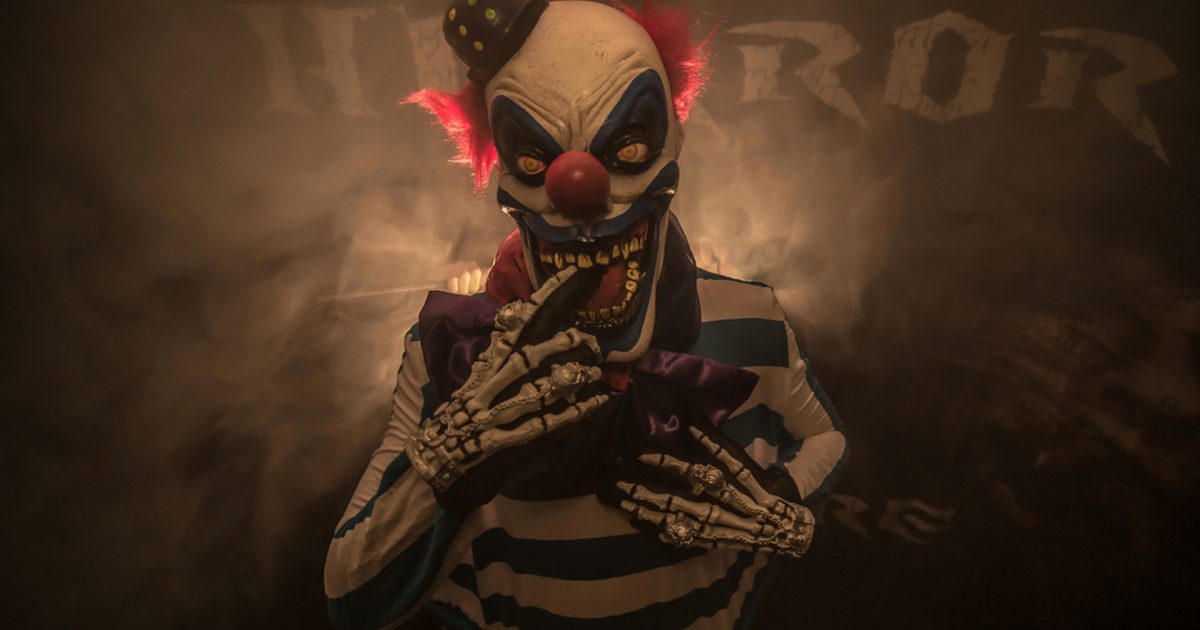There are many different types of fears and phobias – common fears such as fear of the dark, and quirky fears like fear of clowns. Some are worse than others. Fortunately, if you start a search online, you can explore 10 of the most common fears.
If you have a phobia, you are not alone! Everyone is afraid of something and many of us encounter that specific phobia at least once in our life. And, despite what people say, some people do NOT “grow out of it”. Read on, and confront your fears!
Flying
Aerophobia is the fear of flying. It affects nearly 7 percent of the world’s population. Serious fear of flying impacts the sufferer’s professional and personal life, making any air travel virtually impossible. No travel on business. No vacations. The mere thought of an upcoming flight can cause intense distress and outright health problems, including nausea, panic attacks and more.
Germs
Mysophobia is the excessive fear of germs, and is closely related to obsessive compulsive disorder (OCD). This notorious phobia is openly talked about by celebrity germaphobes like Howard Stern and Howie Mandel.
Although you don’t need to have OCD to have mysophobia, many people with OCD do struggle with mysophobia, and many have compulsive habits like excessive bathing or hand washing. The unhealthy fear of germs causes phobics to also fear contact like hand-shaking (some prefer closed fist bumps as an alternative), contamination of food or exposure to bodily fluids from those around them. It may lead to many complications, since some germaphobes go to extreme lengths to avoid all kinds of social situations where germs may spread. Isolation is a common symptom.
Being Closed In
Nearly 7 percent of the world is plagued by claustrophobia, the fear of small or restricted spaces or being closed in, anywhere. Doctors say that claustrophobia is mainly related to the fear of suffocation or the fear of restriction. The phobia has been highly studied by experts and scientists, though the sad fact remains that only 2 percent of people with claustrophobia actually seek treatment.
Open or Crowded Spaces
Nearly 2 out of every 100 Americans suffer from agoraphobia, the fear of open or crowded spaces. The medical explanation says that agoraphobia is the irrational fear of having a panic attack in a place that may be difficult to escape from. This can be a crippling condition that prevents a person from visiting a mall, going to a concert, attending events in the park or shopping in big and crowded supermarkets.
Public Speaking
Glossophobia is the fear of public speaking, commonly called “stage fright.” Some simply freeze-up. Some are unable to speak. Their mouth dries up or they start sweating, shaking or having heart palpitations.
Many men and women, at all ages, experience some degree of anxiety before speaking or performing in front of an audience or at an event, from giving a speech in front of the class, a boardroom sales presentation to making a toast at a wedding reception. Even some legendary performers, like diva Barbra Streisand, admit to lifelong stage fright.
Heights and Falling
Acrophobia is an irrational fear of heights or the fear of falling, even when the person is not really that high up. Nearly 10 percent of people in the U. S. suffer from acrophobia at some point. It is a common fear that causes people to get very agitated or panicky and often interferes with their ability to actually climb down. In severe cases of acrophobia, a panic attack might be triggered even when climbing up or down on a chair.
The Dark
Nyctophobia is the fear of darkness. It’s very common for children to be irrationally afraid of the dark, apparently because they are afraid about ‘what would happen’ once the lights are turned off. While many of these children do grow out of their fear of the dark, it’s not uncommon for adults to have fears of darkness as well.
Nyctophobia can affect the sufferer’s day to day life quite severely. They can be depressed, anxious or on-edge all the time, since nighttime is always just around the corner. When the phobia gets severe, some people refuse to step outside after dark, or sleep alone.
Snakes and Spiders
Ophidiophobia, the fear of snakes, and Arachnophobia, the fear of spiders, affect nearly one third of the world’s adult human population. The fear of spiders is one of the most common animal phobias around the world, and more than 31 percent of people who are afraid of spiders live in the U.S.
Some arachnophobics go to extreme lengths to ensure that their surroundings are free from spiders, often causing themselves a great deal of embarrassment, which is something most phobics try hard to avoid.
Needles
Trypanophobia happens in doctor’s and dentist’s offices, when getting a blood test or being a Red Cross donor. It’s the fear of needles — a very real phobia affecting as many as 10 percent of the world’s population. Most often it’s an irrational or excessive fear of hypodermic needles, pins or injections.
Most people, especially children, experience some level of anxiety when getting shots or having blood samples taken. However, for some people with an extreme fear of needles, just the mere idea of getting a needle triggers light-headedness and an immediate anxiety response.
Thunder and Lightning
Technically it’s called astraphobia. It’s a common but quirky fear that both humans and animals can develop. Since storms happen all over the planet, people with astraphobia are sometimes debilitated. Although it’s highly treatable, unless they seek help, there’s nothing they can do about it.
The majority of sufferers are children, but the fear can persist into adulthood. Some pets and even some of the world’s most ferocious wild animals have a natural fear of thunder and lightning.
